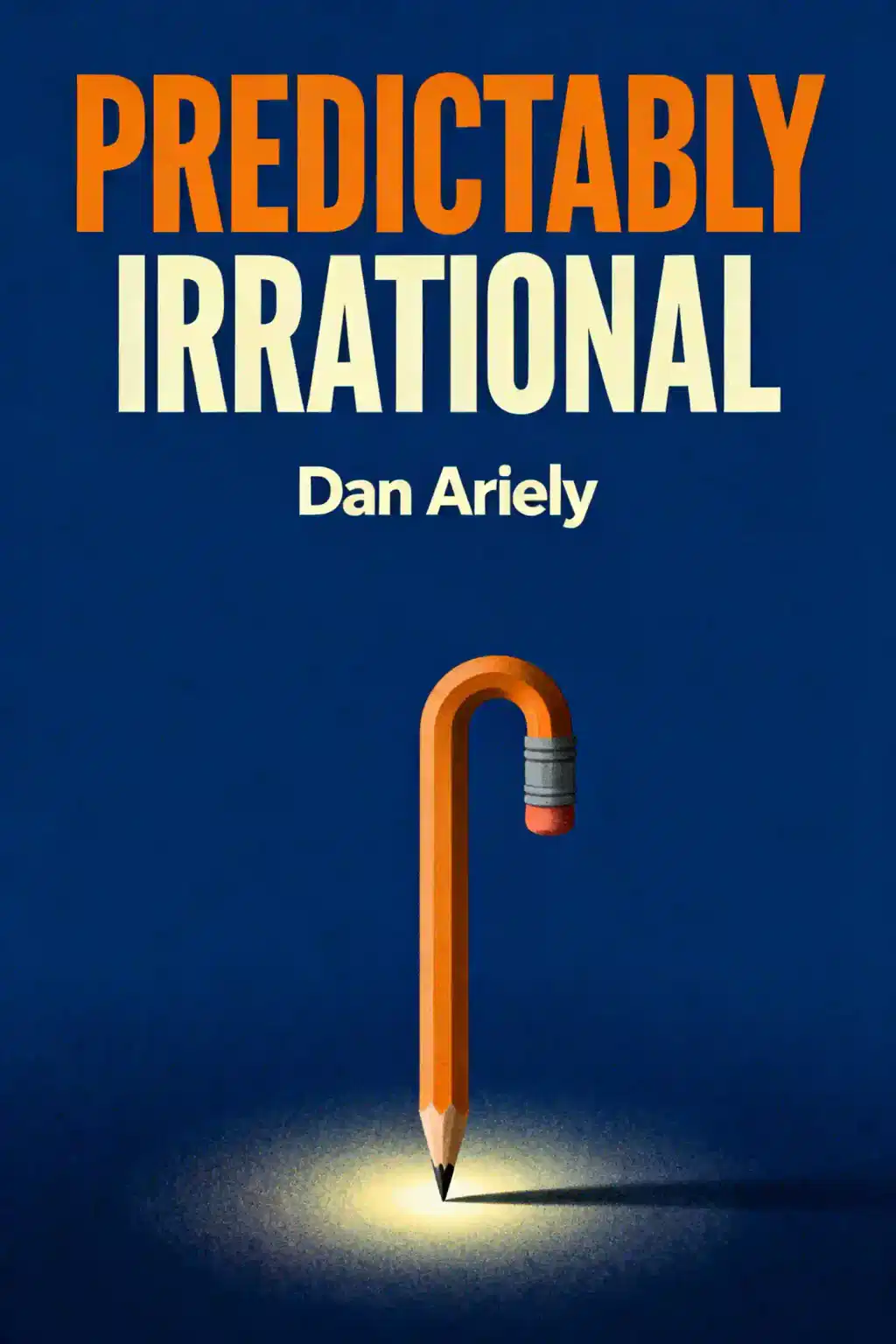What is
The Book of Why by Judea Pearl and Dana McKenzie about?
The Book of Why explores the science of causal reasoning, arguing that understanding cause-effect relationships—not just correlations—is essential for advancing AI, medicine, and social sciences. It introduces the Ladder of Causation (Seeing, Doing, Imagining) to explain how humans reason about causality, contrasting traditional statistics with causal inference frameworks.
Who should read
The Book of Why?
Data scientists, philosophers, AI researchers, and anyone interested in how causality shapes decision-making will benefit. It bridges technical concepts (e.g., Bayesian networks) with accessible explanations, making it valuable for professionals in healthcare, economics, and tech seeking to move beyond correlation-based analysis.
Is
The Book of Why worth reading?
Yes. Pearl’s work revolutionized AI and statistics by formalizing causal reasoning, offering tools to answer "what if" and "why" questions. The book blends historical context, technical insights, and real-world applications, making it a cornerstone for fields reliant on causal inference.
What is the Ladder of Causation in
The Book of Why?
The ladder defines three levels of reasoning:
- Seeing (observing patterns, like animals),
- Doing (testing interventions, like early humans),
- Imagining (counterfactual thinking, unique to humans).
This framework explains how humans evolved to predict and manipulate outcomes, linking to Yuval Harari’s Cognitive Revolution theory.
How does
The Book of Why critique traditional statistics?
Pearl argues statistics often conflate correlation with causation, leading to flawed conclusions. He advocates for structural causal models to encode cause-effect assumptions, enabling accurate predictions of interventions (e.g., policy changes or medical treatments).
What role do counterfactuals play in causal reasoning?
Counterfactuals (e.g., "What if I acted differently?") allow humans to test hypothetical scenarios, assign blame, and innovate. While vital for scientific progress, Pearl notes they also enable regret—a uniquely human "curse" tied to our causal understanding.
How has Judea Pearl influenced modern AI?
Pearl’s development of Bayesian networks and causal calculus underpins Google’s search algorithms, fraud detection systems, and speech recognition tech. His work provides the mathematical backbone for machines to simulate human-like reasoning about causes.
What are key quotes from
The Book of Why?
- “You are smarter than your data”: Data alone can’t infer causes; human intuition is irreplaceable.
- “Data can’t tell you why”: Observational studies often miss hidden variables (e.g., wealth influencing health outcomes).
What criticisms exist about
The Book of Why?
Some argue Pearl’s speculative claims about anthropology and AI’s future lack empirical proof. Critics also note the book’s dense technical sections may challenge casual readers, despite its broader philosophical aims.
Why is
The Book of Why relevant in 2025?
As AI systems grapple with ethical decision-making and explainability, Pearl’s causal frameworks are critical for developing transparent, trustworthy models. The rise of generative AI and regulatory demands for accountability further amplify its significance.
How does
The Book of Why compare to
The Signal and the Noise by Nate Silver?
While Silver focuses on predictive analytics, Pearl emphasizes causal reasoning. The Book of Why provides tools to move beyond predictions to actionable insights (e.g., not just forecasting disease spread but preventing it).
Can
The Book of Why help improve machine learning models?
Yes. By integrating causal diagrams, developers can reduce bias, improve generalization, and enable AI systems to answer counterfactual questions (e.g., "Would this patient benefit from a different treatment?")—key for healthcare and autonomous systems.
What practical examples does
The Book of Why use to explain causality?
Pearl cites real-world cases, such as:
- Smoking vs. cancer debates: How causal models resolved decades-long disputes.
- Credit scoring: Using causal inference to distinguish correlation (e.g., zip code) from true risk factors.














